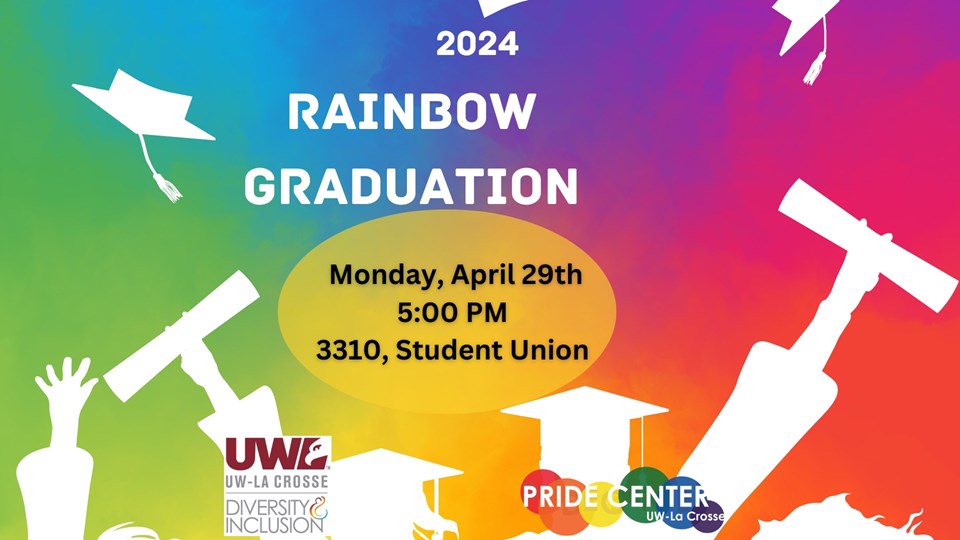Advising
A page within ACCESS Center
Universal Design for Advising (UDA)
Concepts of Universal Design (UD) and Universal Design for Learning (UDL) can also be applied to student advising. Universal Design for Advising will support you in creating accessibility for students with disabilities and beyond. Central to all aspects of Universal Design is ensuring that all of our processes are open to feedback and adjustment for the different needs of bodies and minds.
Physical Environment
Universal Design for Advising asks us to consider our physical environment, which could be an advisor's office, classroom, conference room, or other meeting space. Consider some of the following suggestions when assessing your physical environment.
- Equitable space
- Do you have the ability to accommodate students who are wheelchair users?
- Entrances that are 36” wide
- Seating areas that are 36” by 36”
- You can consider the ability to move furniture/chairs to allow for more floor space
- Seating use for all bodies
- Consider having chairs with armrests and chairs without armrests
- Conduct a seat audit
- Consider sitting in all of your office chairs and view your office from different spaces
- Reflect on what your students may be seeing
- Adjustable Lighting
- Are you able to adjust lighting?
- Some students may need low-light and some students may need high-light
- Are you able to adjust lighting?
- Access to fidgets
- Some students may enjoy having some tactile engagement while in your meeting
- Consider level of fragrance in your office
- Some students have significant reactions to high-fragrance environments
- Do you have the ability to accommodate students who are wheelchair users?
- Flexibility in meetings
- Allow students to choose in-person, virtual, or via the phone
- How can students change if they can no longer meet in-person?
Informational Environment
Effective advising is about getting students the information they need to make meaningful progress toward their goals. Universal Design for Advising allows you to reflect on different ways to provide students the information they need to succeed! Below are some areas to consider regarding the informational environment.
- Plain Language
- Check assumptions
- Be clear about policy and procedures
- Spell out acronyms
- Be clear and concise
- Consider using bulleted lists and tables to explain complex information
- Check assumptions
- Multiple means of engagement
- Allow students to engage with advising content via:
- In-person meetings
- Virtual surveys
- Large group settings
- Consider multiple ways to assess engagement
- Consider email follow-ups, scheduling follow-up meetings
- Ask the student what forms accountability have worked for them
- Allow students to engage with advising content via:
- Multiple means of representation
- Provide different ways of communicating information
- Emails, fliers, infographics, video information
- Have both digital and hardcopy information
- Are materials available online?
- Creating clear signage within your office and space
- Avoid using color to emphasize, instead use bolded or italicized text
- Provide different ways of communicating information
- Multiple means of action/expression
- Offering both in-person “action items” and an email follow-up
- Different ways to complete tasks
UDA Resources
- Hunt (2007) Applying concepts of Universal Design for Learning to Advising
- Federal Plain Language Guidelines





